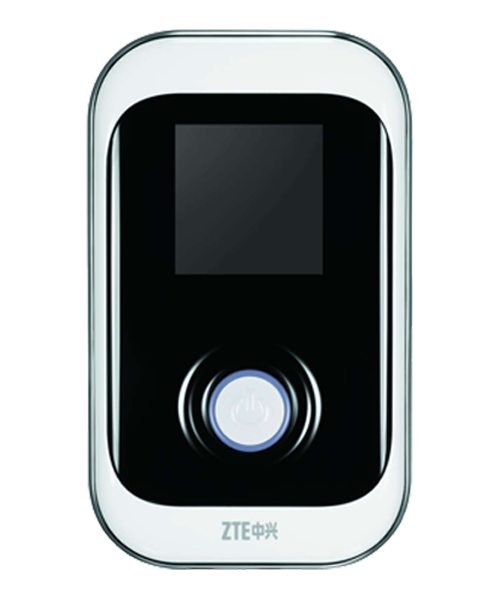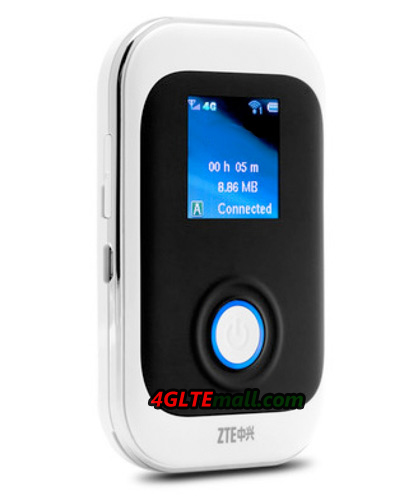Just like ZTE 4G LTE USB modems, ZTE 4G LTE mobile Hotspot looks the same in appearance, but there are some difference between these models. ZTE MF910 and MF91D are two 4G mobile pocket router that looks the same.
Today, we will have a Review of the two similar 4G Pocket WiFi Router. As we know, the ZTE MF91D 4G hotspot has already been presented to public for operators in many countries. It seems ZTE MF910 WiFi hotspot seems not as popular as MF91D right now. But after we review the two MIFIs, you may change this idea.
Appearance
As we can see, the two mobile hotspots look very similar, we suppose the manufacturer ZTE use the same design appearance for MF910 and MF91D. There is only one button on the front of device, below the screen. There are WPS button, MicroSD card slot and external antenna connector at the side of the body. And one more USB interface for battery charge.
The SIM card slot is in the inner part of the body, user must open the back cover and remove the battery to insert SIM card.
UE category and Link Speed
ZTE MF910 and MF91D are both LTE category 3 mobile router, as the typical feature of Cat 3, the mobile 4G router could support maximum download speed up to 100Mbps, and the peak download speed could reach 50Mbps.
What’s more, the 3G UMTS and 2G GSM/GPRS networks are backward. When working on 3G DC-HSPA+ network, the peak speed could reach 42Mbps. So when user goes to somewhere 4G network is not available, the 4G MiFi could auto switch and work on 3G network in high speed.
Networks Bands
This should be the core difference between MF910 an MF91D. Because this decides where they could work and which operator they would support. The ZTE MF91D could support 4G LTE Band 8, Band 3 and Band 7 (900/1800/2600MHz) while ZTE MF91D would support the three bands and Band 20(800MHz). With this specification, they both could roam in most European countries. But in some specific areas, ZTE MF91D may be unable to work on 4g Network. For example, if user uses the MF91D in remote area far from downtown where the 4G band 20 is deployed, it may not connect to 4G and switch to 3G network.
It may not occur on ZTE MF910 because it supports the most popular three LTE bands in Europe areas. So unlock ZTE MF910 could fully replace MF91D. Someone may ask, then why the two models exist simultaneously? It’s a good question, usually, the more bands a UE decide could support, the more expensive it is. So ZTE MF91D is in lower price than MF910. And some operator didn’t adopt the LTE band 20, it’s unnecessary for them to order a device with this band supported.
By the way, almost all the LTE mobile WiFi Hotspot could support up to 10 WiFi users to access Internet and surf, including the ZTE MF910 and MF91D.
In conclusion, ZTE MF910 4G hotspot is more powerful than MF91D, but user could buy budget MF91D per the actual situation. If you want know more 4G mobile hotspots, welcome to land www.4gltemall.com .

